Event photography can be a lot of fun. If you love taking photos, and you enjoy attending social events, then it would only seem natural that you’d enjoy taking photos at social gatherings, such as parties, concerts and night clubs.
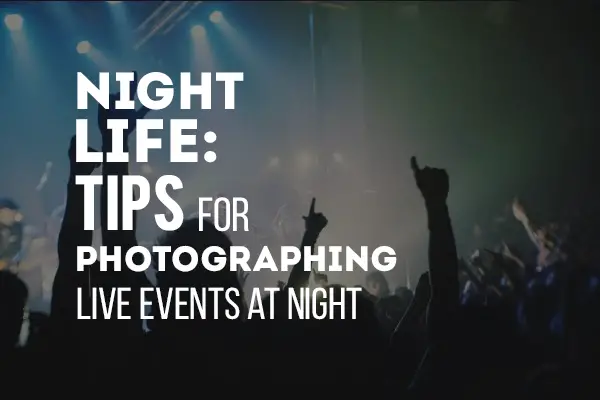
There are plenty of opportunities for intrepid young photographers (and photographers of other ages, as well) to make some money documenting such events.
Shooting in environments such as these can be pretty challenging, though. There’s almost never enough light. Bars, night clubs and parties are also often crowded, and usually everyone is moving around. And of course, you have the certainty of dealing with people who’ve been consuming alcohol and are unpredictable.
However, if you can overcome your concerns and brave the madding crowds, event photography can be an incredibly fun and fulfilling activity. Even if you do it without getting paid, you’ll at least have the most enviable Facebook page ever.
In order to assist you with this, I’ve put together some tips, as well as some things to consider the next time you grab your camera and head to the party.
Compose Yourself and Your Photos
If you’re attending some fancy soirée (or a overly-casual beer pong tournament), you’ll probably be taking photos of people more than anything else. While you might be surrounded by excitement, don’t forget to take a moment to compose your photos.
When people get ready to have their picture taken, they typically stand or sit shoulder to shoulder, right in front of your camera. Taking a step to the side and angling your camera can add some depth to the shot. If you’re capturing a portrait of one or two people, be sure to set your subjects off-center to make your image a little more pleasing.
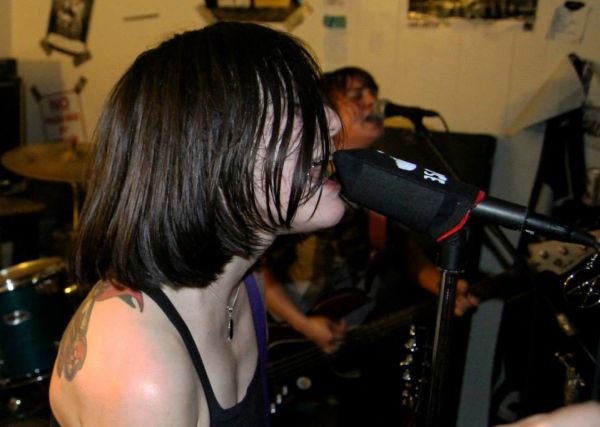
You should also keep an eye open for any exciting movement. People dancing is always good. But you might also catch someone conversing excitedly, waving his or her hands about.
If you’re taking photos of a band playing, try capturing the musicians at their most interesting moments. Pay attention to the bandmembers’ mannerisms and motions while listening to the music. After just a song or two, you can begin to anticipate those perfect moments when the band is at its most visually interesting.
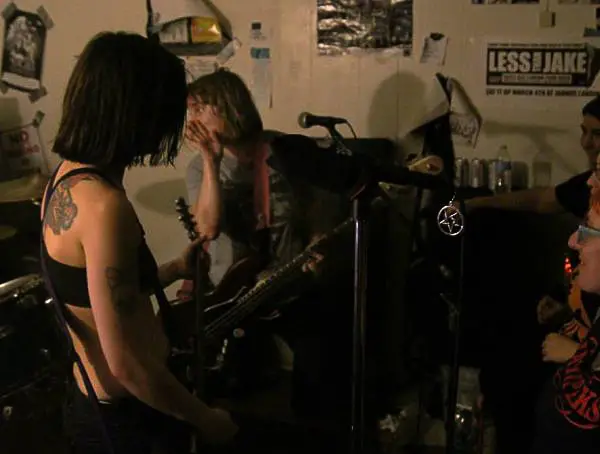
Use Your Environment
Hopefully, the event you’re at is interesting. Try to use the general setting of the festivities to frame your subjects. If you’re at a night club, position your subjects with the dance floor in the background. This will add some movement and action to your shot, as well as the club lights flashing on the dancers.
Try to let the background in your images set the scene. Think of people looking at your photos that weren’t there. Would they be able to tell what sort of event this was just from the photos?
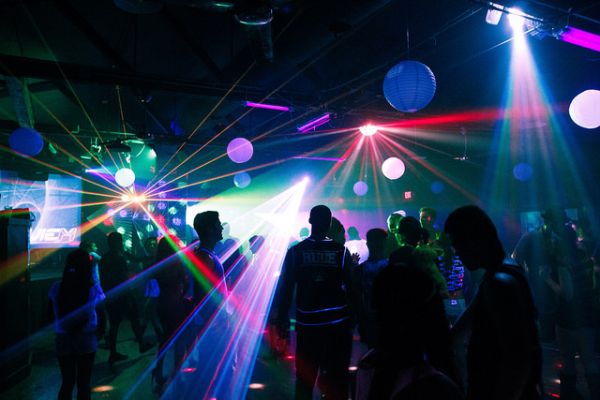
Get To Know Some Partiers
Be sociable. Don’t be afraid to talk to strangers and ask if you can take their picture. Chances are that if people are having a good time (which is usually the goal at night-time events), they’ll be pretty agreeable and willing to let you document their fun. When people are all dressed up and gathered with their friends, they often want photos of themselves taken anyway.
Just don’t be pushy. If people don’t seem to like the idea of someone snapping their picture, then just say, “Thanks anyway” and move on. The last thing you want is for people at the event to think you’re a jerk. Then, no one will let you take his picture.
Gear
Consider using a monopod. I’ve mentioned these lovely little helpers before. You have to judge for yourself on a case-by-case basis whether or not having a monopod will be an advantage or just something else you have to carry. But sometimes, having it with you in a low-light event can really help keep your shots steady, allowing you to use slower shutter speeds.
Try using a prime lens with a large aperture. This will allow you to take advantage of as much ambient light as you can. Using a prime lens will also keep you in the middle of the action. Unless you’re shooting a concert from the nosebleed section (and why would you do that, anyway?), you don’t need a zoom lens.
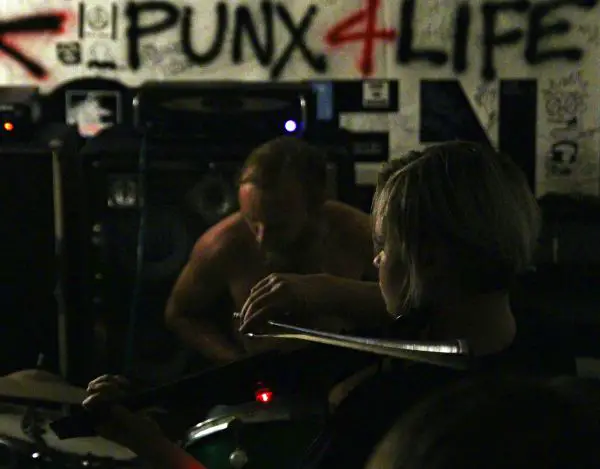
While shooting with a large aperture has its advantages, do be aware of your depth of field. If you’re trying to capture a large scene, you might need to close down your aperture to a range that will make more of the scene focused clearly.
Flash: Know It, Live It, Love It
First off, if possible, you should find out if flash is prohibited at your prospective event. Some places, especially venues with musical acts, don’t allow flash photography. If that’s the case, take a look at our guide to shooting in low light.
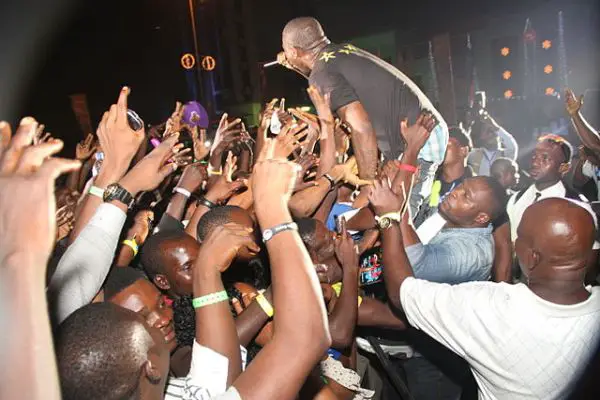
Having said that, a flash can either make your images outstanding, or it can make them flat and lifeless. If you’re unfamiliar with using a flash, take some time to practice with it so you’re not completely surprised with your results at the event.
I recommend avoiding the TTL setting and instead controlling the power of the flash manually. Start off at either 1/8 or 1/4 power and adjust from there. The idea is to illuminate your subject while still allowing the ambient light of the environment to be visible.
Try setting your flash to the rear-sync setting and shooting with slow shutter speeds. This can allow some motion blur in the background while still freezing your subject.
What’s your favorite event to photograph?
Do you love outdoor concerts? Do you make it to all the best parties? Let us know what sort of events you like to photograph, along with any special circumstances you’ve encountered or unique challenges you’ve faced.









0 comments